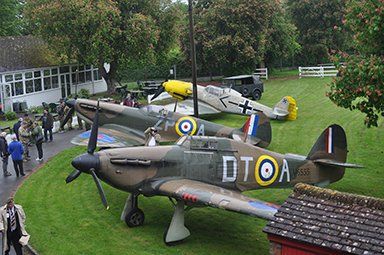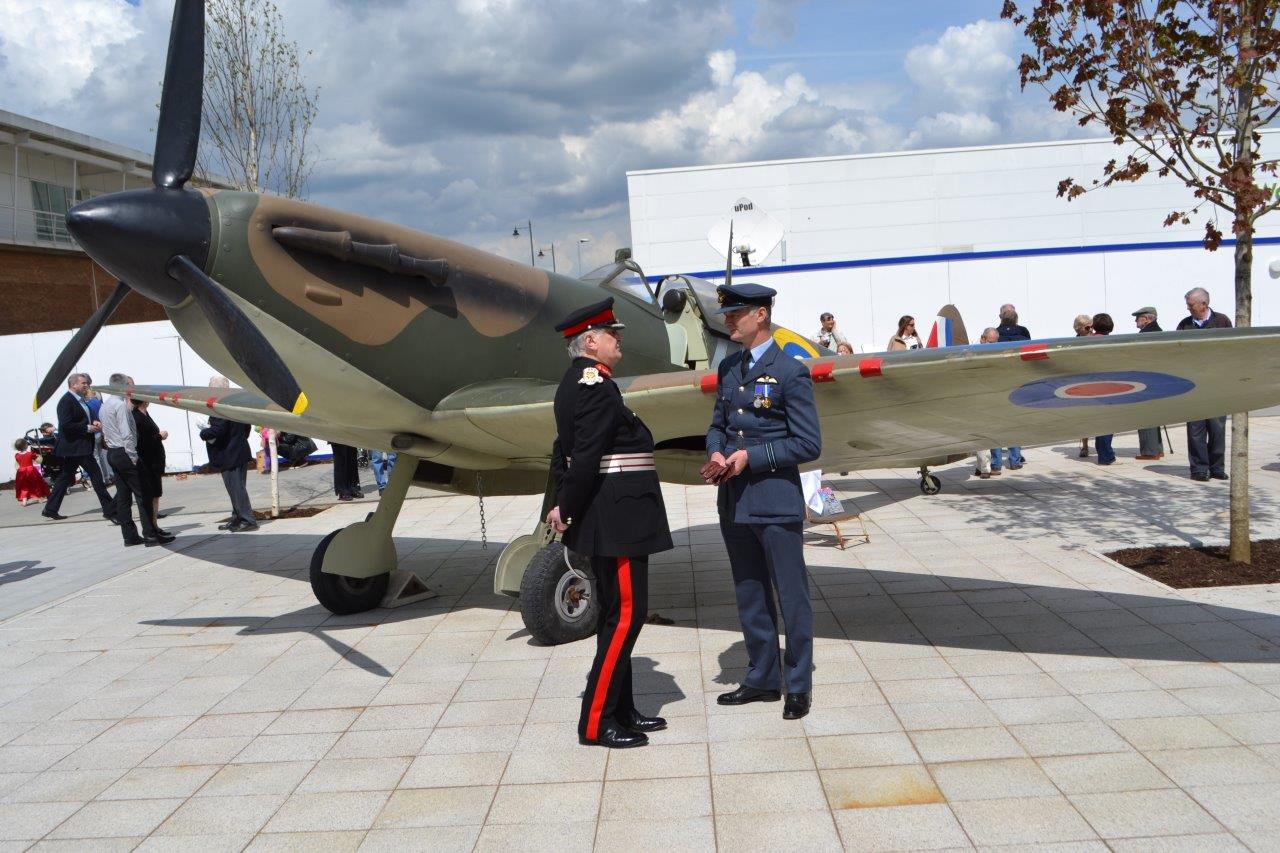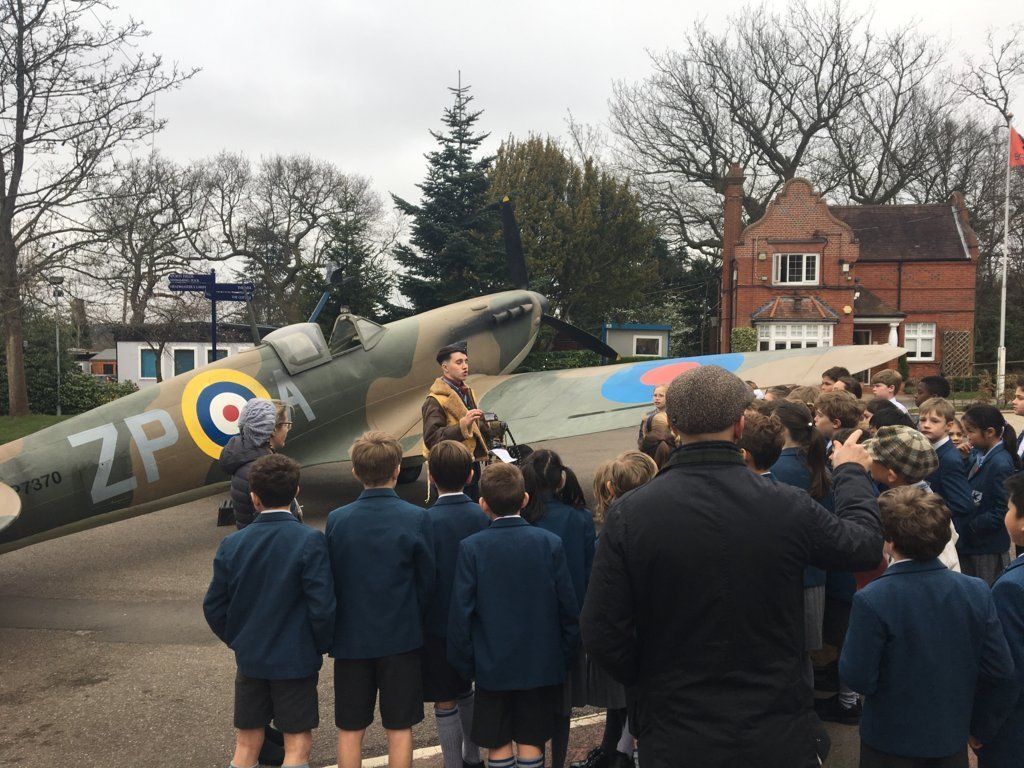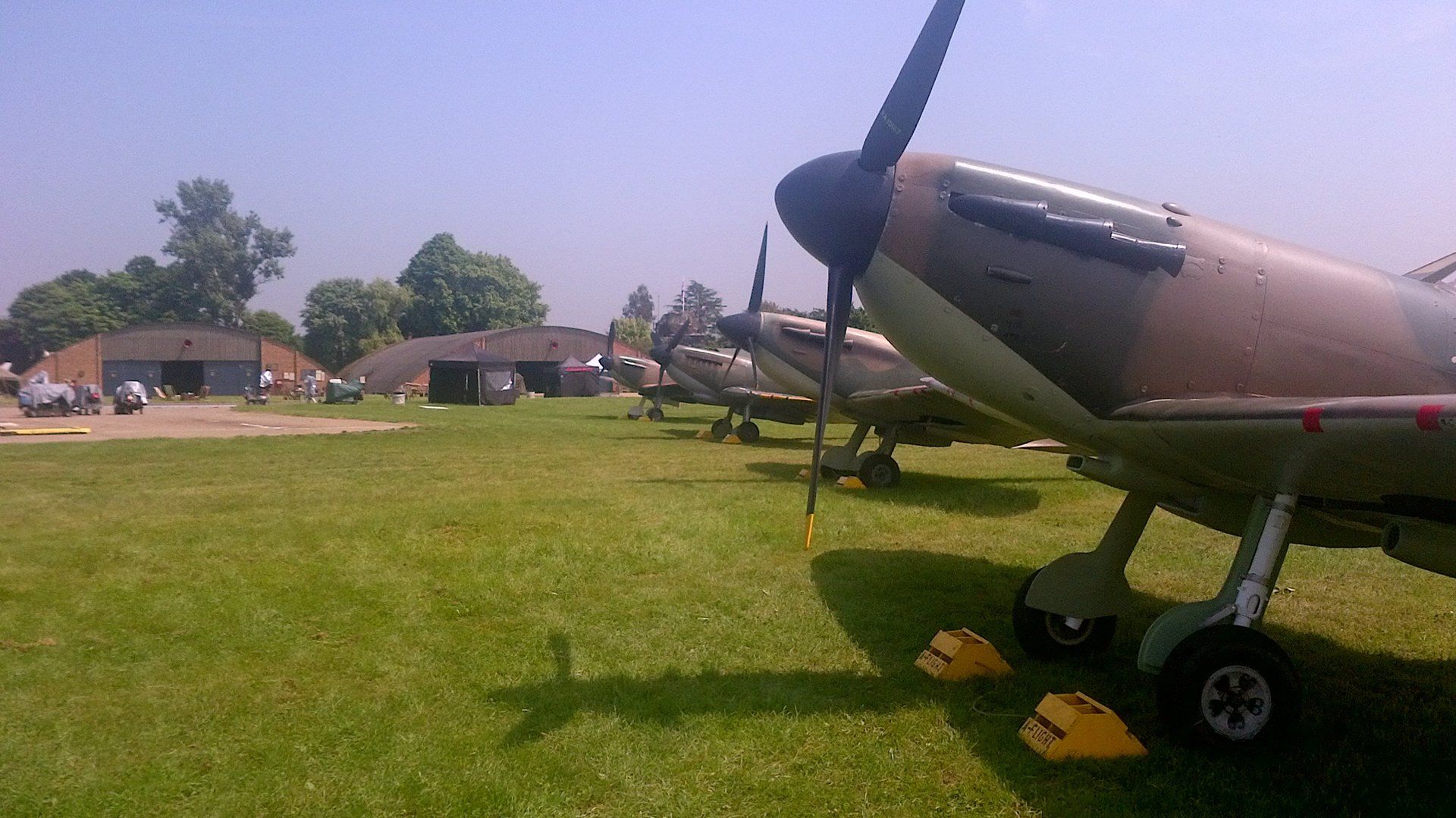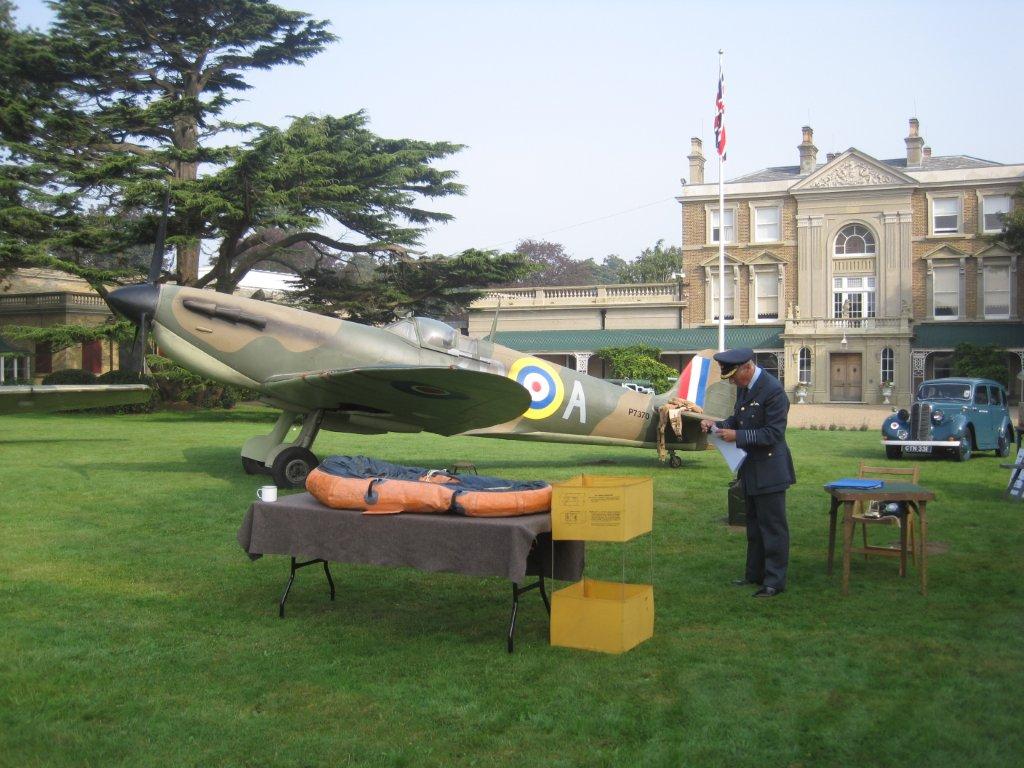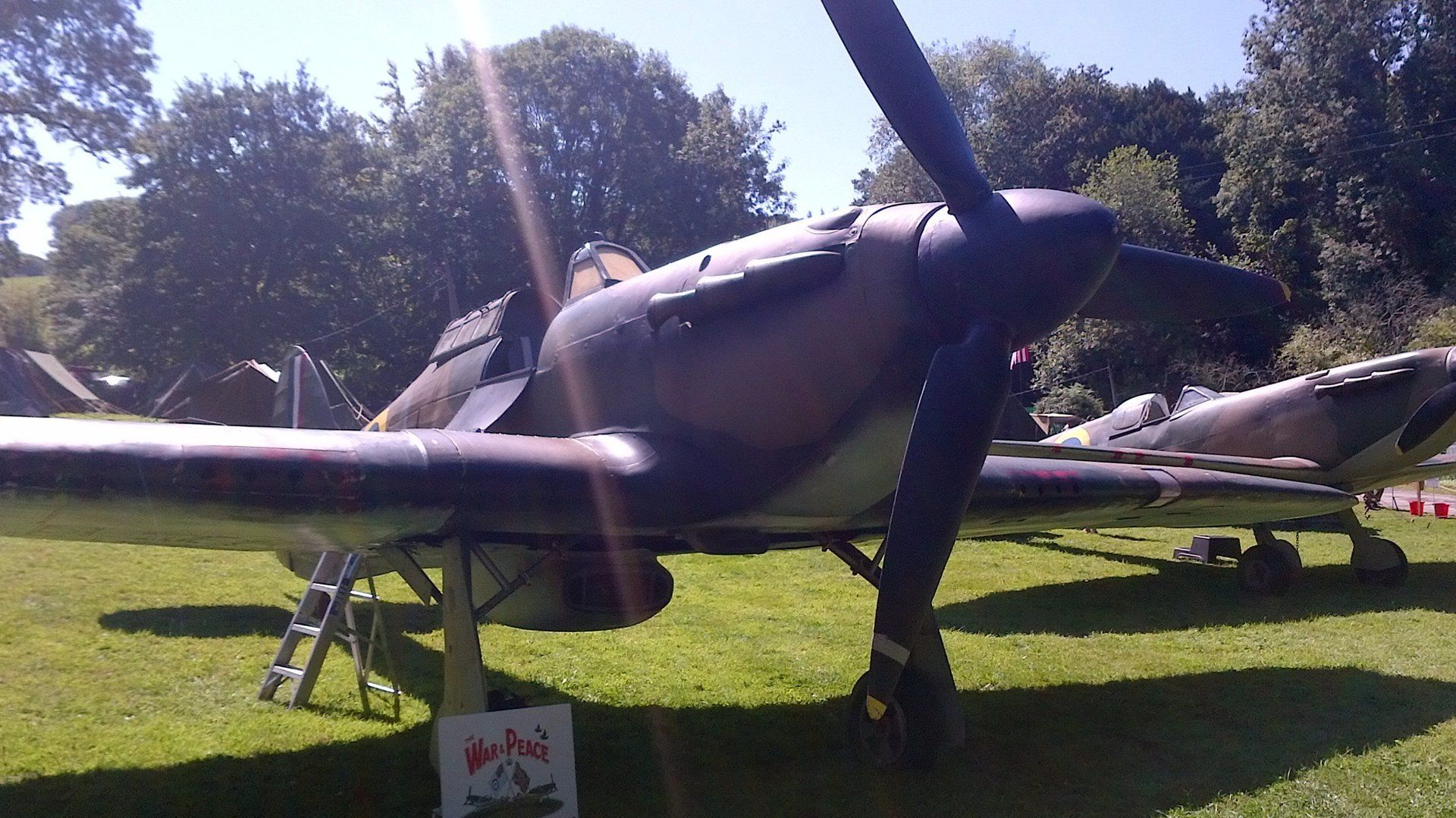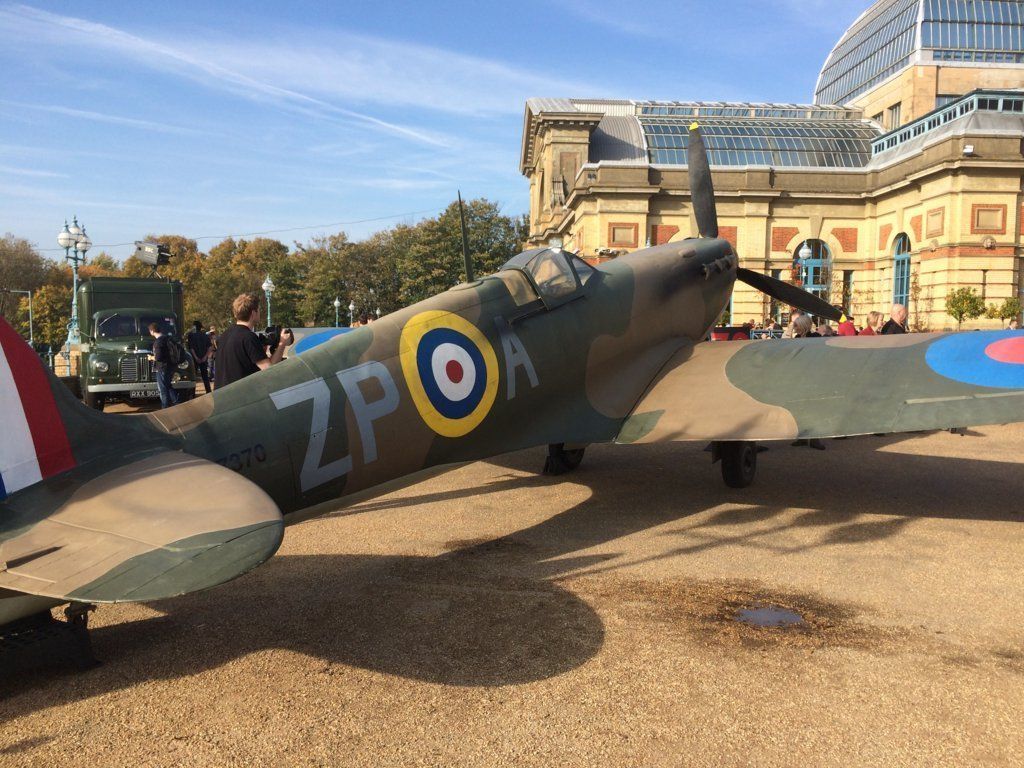In 1930 the Air Ministry issued a specification for a new day and night fighter armed with four machine guns. This led Supermarine’s star designer and Chief Engineer, R J Mitchell, to start a design process that would ultimately create one of the most important aircraft in history.
Mitchell’s first design, Supermarine Type 224, wasn’t successful in the contract, which ultimately went to Gloster for the Gladiator, due to the type of engine used. This didn’t stop Mitchell, however, who instantly moved on to his next project, the Supermarine Type 300.
Developed as a private venture, the Air Ministry was aware of its existence and recognition of its potential as a front line fighter followed in the guise of Specification F10/35, written around the Type 300. This was swiftly followed by official funding to build a prototype, which started in December 1934.
Where did the name Spitfire come from?
Originally the prototype was known as K5054, but it needed a name. The Air Ministry suggested Shrew or Shrike; but then Sir Robert McLean, a Director of Supermarine parent company Vickers, suggested Spitfire as he often referred to his daughter Ann as being “a little spitfire”.
R J Mitchell’s reaction to the name was that it was: “just the sort of bloody silly name they would choose”!
Birth of an icon
The first flight of K5054 took place at Eastleigh, now Southampton Airport, on 5 March 1936; subsequent tests took the Spitfire up to 349mph with results proving this was going to be an outstanding aircraft. On 3 June 1936 the Air Ministry placed an order for 310 aircraft – even before testing was complete. R J Mitchell lived only long enough to see the maiden flight of his creation before his untimely death on 11 June 1937 aged 42 from bowel cancer. This left the onerous task of developing the Spitfire to his chief draughtsman, Joseph (Joe) Smith who succeeded Mitchell as Chief Engineer and was responsible for keeping the Spitfire at the cutting edge of Britain’s fighter force.
Following the declaration of war on 3 September 1939, the Spitfire was ready for her baptism of fire. Orders had been placed for a total of 2,143 Mark 1 aircraft with the Merlin II 1,030 hp engine, carrying eight Browning 0.303in machine guns or four machine guns and two 20mm cannons. Deliveries of the Mark II, with the more powerful Merlin XII 1,175hp engine began in June 1940. Few had any idea of the importance of the aircraft, both in military terms and the uplifting effect on the morale of the British nation in the dark days of war.
During its service life, the weight of the Spitfire increased by more than half, its engine power more than doubled and its top speed rose by between 25-30%. Overall there were 24 distinct Marks of Spitfire and many sub-variants, which were largely defined by engine (Merlin or Griffon) and propellers ranging from the fixed-pitch two bladed version of the prototype and early production versions, to the contra-rotating, six-bladed installation of the Seafire 47. Wing and armament types also provided further sub variants denoted by letters A to E. Other variants were given PR for photo reconnaissance and FR for fighter reconnaissance.
The Spitfire has always attracted more attention than the Hurricane, and is undoubtedly one of the most famous aircraft ever built. Its graceful lines combine with outstanding handling qualities to produce a “dream plane” extremely fast, and in comparison to contemporary types, second to none.
Recognition: Sleek, graceful fuselage, noticeably slimmer than the Hurricane. Domed canopy with a smaller, more angular fin. From below, the wings have a more ‘pointed’ shape housing the main undercarriage which has a narrow track.
The Battle of Britain Experience can offer a truly unique service to your school.
Is your school pro-active, innovative and do you wish to spark a passion for British History with your pupils?
Would your school history lessons benefit from a visit from a full size replica Spitfire World War 2 Fighter plane?
If so the Battle of Britain Experience can offer a truly unique service to your school.
Fact File
Power plant: One 1,030 hp Rolls-Royce Merlin III twelve-cylinder liquid-cooled engine
Span: 36ft 11 in (11.25m)
Length: 29ft. 11 in (9.12m)
Max Speed: 362 mph (584km/h) at 19,000 ft (5,790m)
Armament: Eight .303in Browning machine guns mounted in wings
Accommodation: Pilot only (although plans were made to carry two passengers on the wings!)
